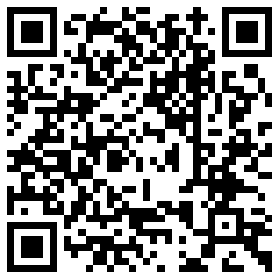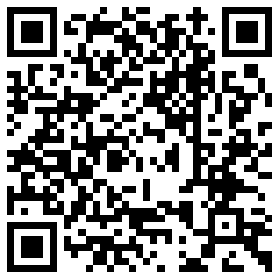How to choose the tooth shape and angle of the alloy saw blade

First, the choice of saw blade tooth type
The tooth profile of the circular saw blade is divided into left and right teeth, tapered teeth, flat teeth, trapezoidal teeth, crescent-shaped teeth, etc. In actual use, the selection is mainly based on the type of raw material to be sawed.
The left and right teeth are suitable for various soft and hard materials and particleboards for opening and cross-cutting; the left and right teeth with anti-rebound force protection teeth are suitable for longitudinal cutting of various tree-shaped plates; left and right tooth saw blades with negative rake angle Due to the sharpness of the serrations and good sawing quality, it is usually used for sawing of veneers.
Tapered teeth are often used in slot saw blades for panel saws. When sawing double-faced wood-based panels, the slot saw completes the grooving of the bottom surface, and the main saw completes the sawing of the sheet to prevent the kerf from collapsing. phenomenon.
Flat teeth are mainly used for sawing ordinary wood, which is less expensive, but has a rougher kerf.
The combination of trapezoidal teeth and flat teeth can also achieve high sawing quality without the use of slot saw blades. The sawing machine does not have the phenomenon of veneer cracking when sawing, and is suitable for sawing of various double-faced wood-based panels.
Second, the choice of sawtooth angle
The angle parameter of the sawtooth part is more complicated, and the correct selection of the angle parameter of the saw blade is the key to determining the quality of the sawing. The most important angle parameters are the rake angle, the back angle, and the wedge angle (Figure 2).
The rake angle mainly affects the force consumed by sawing sawdust. The larger the rake angle, the better the sharpness of the sawtooth cutting, the lighter the sawing, and the more labor-saving the pushing material. Generally, when the material to be processed is soft, a larger front angle is selected, and a smaller front angle is selected.
The back angle mainly affects the friction between the back tooth surface and the material to be sawed, generally taking 12-20.
The tooth profile of the circular saw blade is divided into left and right teeth, tapered teeth, flat teeth, trapezoidal teeth, crescent-shaped teeth, etc. In actual use, the selection is mainly based on the type of raw material to be sawed.
The left and right teeth are suitable for various soft and hard materials and particleboards for opening and cross-cutting; the left and right teeth with anti-rebound force protection teeth are suitable for longitudinal cutting of various tree-shaped plates; left and right tooth saw blades with negative rake angle Due to the sharpness of the serrations and good sawing quality, it is usually used for sawing of veneers.
Tapered teeth are often used in slot saw blades for panel saws. When sawing double-faced wood-based panels, the slot saw completes the grooving of the bottom surface, and the main saw completes the sawing of the sheet to prevent the kerf from collapsing. phenomenon.
Flat teeth are mainly used for sawing ordinary wood, which is less expensive, but has a rougher kerf.
The combination of trapezoidal teeth and flat teeth can also achieve high sawing quality without the use of slot saw blades. The sawing machine does not have the phenomenon of veneer cracking when sawing, and is suitable for sawing of various double-faced wood-based panels.
Second, the choice of sawtooth angle
The angle parameter of the sawtooth part is more complicated, and the correct selection of the angle parameter of the saw blade is the key to determining the quality of the sawing. The most important angle parameters are the rake angle, the back angle, and the wedge angle (Figure 2).
The rake angle mainly affects the force consumed by sawing sawdust. The larger the rake angle, the better the sharpness of the sawtooth cutting, the lighter the sawing, and the more labor-saving the pushing material. Generally, when the material to be processed is soft, a larger front angle is selected, and a smaller front angle is selected.
The back angle mainly affects the friction between the back tooth surface and the material to be sawed, generally taking 12-20.



